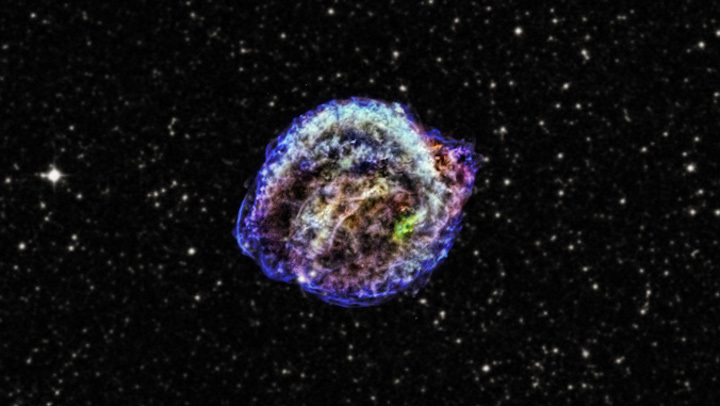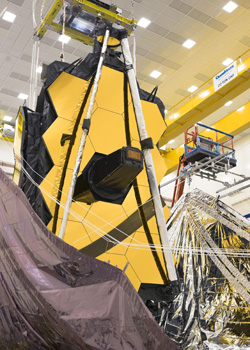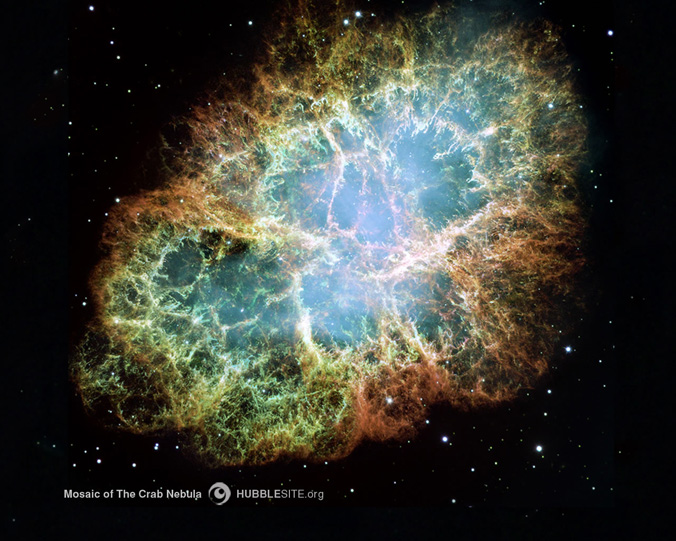24.05.2021

How do stars die, explode and release heavy elements into the universe? These questions are the focus of an international team of scientists led by University of Hawaiʻi Institute for Astronomy (IfA) postdoctoral researcher Chris Ashall. The researchers were recently awarded two programs to conduct detailed observations with NASA’s $10 billion James Webb Space Telescope (JWST) flagship mission, set to launch in fall 2021.
Exploding stars, known as supernovae, produce most of the heavy elements, such as, iron, calcium, and silicon, in the universe. These elements form the building blocks for life. Supernovae may also be major producers of cosmic dust, but the exact nature of these explosions remains a mystery.

“We may finally be able to understand the final stages of a star’s life, how they explode, what heavy elements they make, and how these elements are redistributed into the universe,” Ashall said. “It is truly an extremely exciting time for supernova science.”
JWST will have the capability to observe objects at longer wavelengths than its predecessor, the Hubble Space Telescope. Observations at these redder, mid-infrared, wavelengths can detect the signatures of elements that were not previously visible.
Ashall and the MIR SuperNovA Collaboration (MIRSNAC) will obtain spectra with JWST at mid-infrared wavelengths about 7 to 40 times redder than the naked eye can see. Ashall and MIRSNAC will observe two different types of supernovae—those resulting from the deaths of single, massive stars, called Type II, and those resulting from the explosion of lower-mass stars commonly known as white dwarfs, called Type Ia.
Observations of Type II supernovae will help determine how much cosmic dust these massive, hydrogen-rich stars produce when they die. The Type Ia observations will pin down the masses of white dwarf stars when they explode. This data can be used to measure distances to galaxies, and have been vital to determining that the expansion of the universe is accelerating.
Ashall and the MIRSNAC are among the few select groups to have two projects accepted in the first round of JWST observations. IfA will be the center of the collaboration, which consists of more than 30 international scientists from many institutes including Aarhus University, the European Southern Observatory, Florida State University, University of California,Davis, University of Oklahoma and Carnegie Observatories.
IfA astronomers will also conduct detailed follow-up observations of galaxies seen in images from JWST. The project is part of the COSMOS-Webb program, comprised of nearly 50 researchers from 30 institutions worldwide, including IfA, that will use the telescopes on Maunakea to help NASA generate a three-dimensional map of the universe.
This research is an example of UH Mānoa’s goal of Excellence in Research: Advancing the Research and Creative Work Enterprise (PDF), one of four goals identified in the 2015–25 Strategic Plan (PDF), updated in December 2020.

